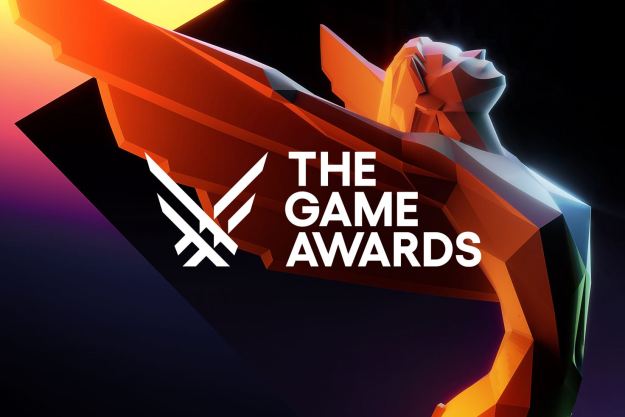I can’t stop playing Splatoon 3. With 70 hours currently logged, it’s the most I’ve ever played an entry of the series. My hour count has already eclipsed Splatoon 2, a game I thought I was obsessed with at the time. I recognize that I might have a problem here.
What surprises me about that is that there’s not a huge difference in quality between Splatoon 2 and 3. As many critics pointed out in reviews, the threequel is largely the same as its predecessor. It brings key quality of life improvements and ratchets up the intensity in content like Salmon Run, but its online modes remain virtually unchanged. If you played Turf War back on the Wii U, you know exactly what to expect here. So why am I more hooked than I ever have been?
The more I play, the more I uncover Splatoon 3’s most impactful change: its approach to rewards and progression. There’s rarely even a moment where it feels like my time is wasted, making it easy to let myself sink into the ink.
Rank up
No matter how you spend your time in Inkopolis, there’s something to earn. That’s thanks to the way Splatoon 3 builds on the hooks in its predecessors to create a multilayered approach to progression. Your play time in any given mode isn’t just fueling one or two universal progress bars; you’re usually growing in at least two ways at any given time. Here’s an exhaustive breakdown of each layer.
Multiplayer
- There’s a universal Catalog rank that functions like a Battle Pass.
- Your character levels up, unlocking new weapons.
- Anarchy Battles have their own competitive rank system.
Story mode
- There’s basic story mode progress as you move through levels and areas.
- Completing levels also unlocks entries in a lore journal.
- The Alterna overworld itself has an exploration completion rate.
- The story has a mode-specific skill tree that can be unlocked via a currency.
Salmon Run
- The PVE mode has its own job rank that determines its difficulty.
- There’s also a separate rewards rail specific to the mode.
- There’s a mini-progress bar to summon Cohozuna, which has its own reward currency.
Tableturf battle
- The card game mode has its own level-up system for earning cards and more.
- Beating opponents unlocks higher-level battles against them.
Gear
- Gear has its own leveling system, which is how new perks are gained.
- Weapons have a “freshness level” that can be raised by using them.
- There are multiple badges to work towards by reaching various milestones.
There are so many aspects to Splatoon 3’s progression that I’m positive I’ve forgotten something on that already long list.
All of those little hooks have made it easy for me to spend dozens of hours playing without growing bored. When I go into Turf War, I’m grinding perks on my gear while getting Catalog rewards and unlocking more weapons. Once I’ve gotten some maxed-out gear that suits my playstyle, I jump into ranked play to try and fight up the tiers. When I get too heated, I can pop over to Salmon Run to grind out some coins and scales. My play sessions always tend to be an hour longer than I anticipate as my “wind down” activities throw me into another addictive loop.

Splatoon 3’s approach to progression is almost too strong. Moments that break the well oiled-nature of its hooks end up sticking out like a sore tentacle. The game’s current connection issues feel especially bad as a dropped game will leave all progress bars stagnant. And while Tableturf Battle does have its own reward system, its isolated nature from the wider ecosystem can make it feel like a comparatively unrewarding sidebar.
Even with those issues, I become more impressed with Splatoon 3 the deeper I dive in. It understands the massive time commitment that often comes from multiplayer titles and finds as many ways as possible to make that experience feel worthwhile. Whether I’m casually playing with a friend, buckling down for some competitive rounds, or playing around in a side mode, I’m constantly hitting some kind of milestone that lets me show off in style.
After 70 hours, there are still mountains I’ve yet to climb and that’s what keeps me logging in. I want to reach top rank in Salmon Run, get into S-tier in Anarchy battles, complete my Catalog, get my Sploosh-o-matic to freshness level five, unlock every Tableturf opponent, and more. And all of that is before the game has received a single content update. If Nintendo can keep making the climb even higher, I fear how much time I’ll end up putting into this by the end of its lifespan.
is out now on Nintendo Switch.
Editors' Recommendations
- 3 new Nintendo Switch games you should try this weekend (May 10-12)
- 3 retro classics to play on Nintendo Switch Online this weekend (May 3-5)
- Splatoon 3’s Side Order DLC shows that the series can do it all
- An AI company may have just leaked the Nintendo Switch 2’s name and release month
- 6 Nintendo series that still haven’t made an appearance on the Switch



